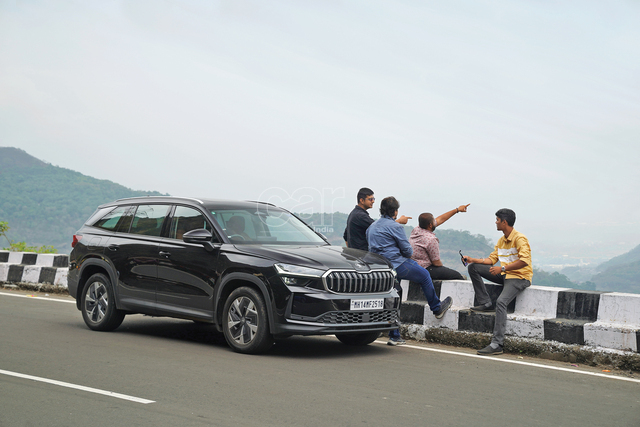


This month marks the centenary of America’s most beloved car company, Chevrolet. We take a trip down memory lane with this Detroit-based manufacturer
Chevrolet was co-founded in Detroit by race car driver, Louis Chevrolet, and auto pioneer and General Motors’ founder, William C Durant, on November 3, 1911. While some rumours have it that it was Swiss-born Louis Chevrolet who suggested the stylised Swiss cross for the company’s emblem, by way of an ode to his parents’ homeland, others suggest that it may have been inspired by a wallpaper that Durant once saw in a French hotel.


 Chevrolet’s first car, the Series C Classic Six, appeared on Detroit roads in 1912. Owing to creative differences with Durant, Louis Chevrolet left the company in late 1913, leaving Durant at the helm. The first batch of Chevrolet’s new, four-cylinder engine, moderately priced models came into the market in 1914 and helped cement the new company’s reputation as a manufacturer of dependable cars for the masses.
Chevrolet’s first car, the Series C Classic Six, appeared on Detroit roads in 1912. Owing to creative differences with Durant, Louis Chevrolet left the company in late 1913, leaving Durant at the helm. The first batch of Chevrolet’s new, four-cylinder engine, moderately priced models came into the market in 1914 and helped cement the new company’s reputation as a manufacturer of dependable cars for the masses.
General Motors (GM) acquired Chevrolet in 1918. Alfred Sloan, Durant’s successor at GM, positioned his newly acquired company to sell a line-up of mainstream vehicles that directly competed with Henry Ford’s Model T in the 1920s, with Chevrolet at times being synonymous with GM.
In 1927, Chevy (as it was popularly known) overtook Ford for the first time with sales of a million-plus vehicles. It was about this time that GM started assembling Chevrolets in the regions and countries where they were sold. General Motors India promptly followed in 1928 and assembly of Chevy cars, trucks and buses commenced at a new plant on the outskirts of what then was Bombay (now Mumbai).
In keeping with its co-founder’s heritage, Chevrolet also continued to take an active part in motor sport. In 1940, Juan Manuel Fangio drove his Chevy to victory in a 13-day event from Buenos Aires to Lima and back.

 With the onset of World War II, civilian production of Chevrolets ceased, the company instead concentrating solely on the production of military vehicles such as trucks and armoured personnel carriers. Normal production resumed on October 3, 1945, and soon Chevrolet became the first low-priced American car to offer an automatic ‘Powerglide’ transmission option in its 1950 models. The iconic Bel Air introduced hardtop styling to the value-priced field that same year. The epoch-marking Corvette sports car came in 1953, the industry’s first production fibreglass body construction.
With the onset of World War II, civilian production of Chevrolets ceased, the company instead concentrating solely on the production of military vehicles such as trucks and armoured personnel carriers. Normal production resumed on October 3, 1945, and soon Chevrolet became the first low-priced American car to offer an automatic ‘Powerglide’ transmission option in its 1950 models. The iconic Bel Air introduced hardtop styling to the value-priced field that same year. The epoch-marking Corvette sports car came in 1953, the industry’s first production fibreglass body construction.
Chevrolet’s tradition of innovation and mass-oriented cars continues to this day and today it is GM’s global mainstream brand. In recent years, the company has expanded from its traditional markets in North and South America and its list of top 10 markets now includes China, Uzbekistan and India. Chevrolet today sells more than 60 per cent of its vehicles outside the United States. Last year, Chevrolet sold a record 4.26 million cars and trucks and was the only Top Five global auto brand to witness growth in its market share.
On the eve of its centenary, Chevrolet is currently running two interactive web experiences that strive to narrate the history of Chevrolet through the eyes of owners, dealers and their communities. Check them out on www.chevy100.com.
Story: Saeed Akhtar
Photography: General Motors





















Leave a Reply